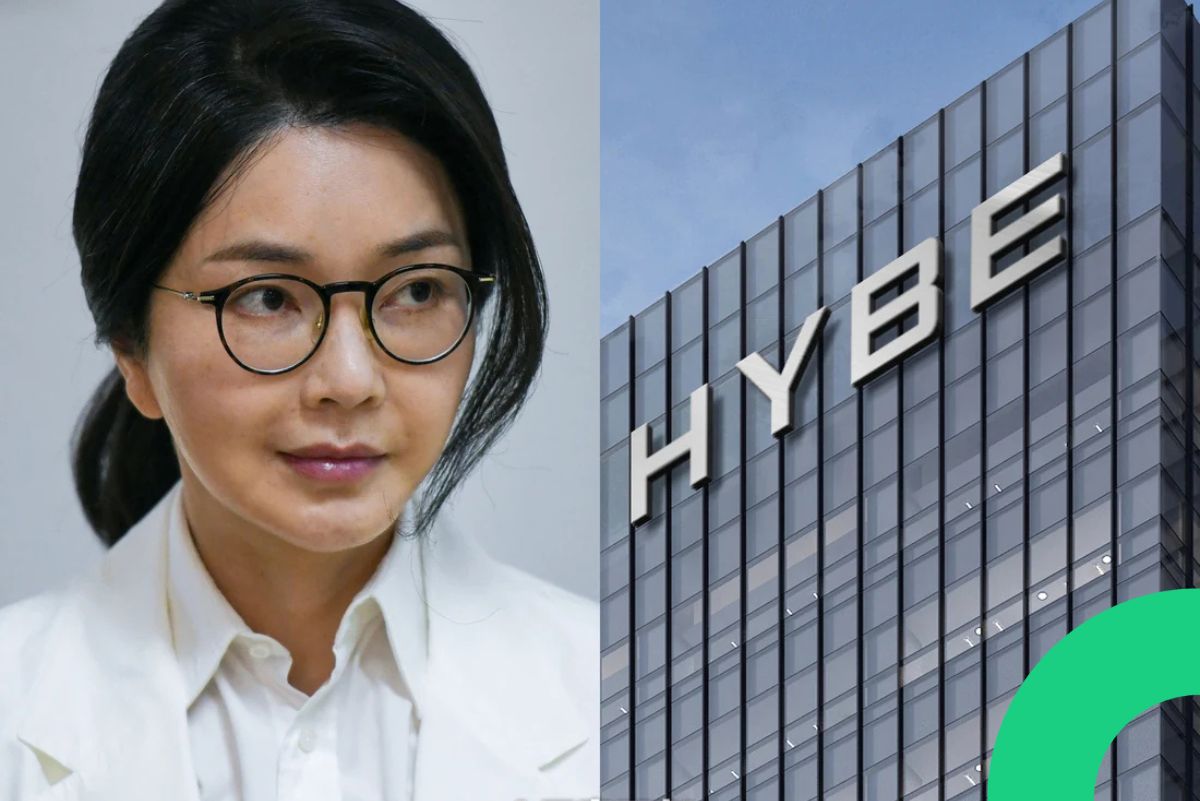As the ongoing NewJeans conflict continues to evolve in unexpected ways, recent media comparisons between former ADOR CEO Min Hee Jin and South Korea’s former First Lady Kim Keon Hee have sparked discussions about a “parallel theory” the idea that two seemingly unrelated figures may reflect similar trajectories across different domains. What could an entertainment executive and a political figure possibly have in common?
The term “parallel theory” originally refers to historical coincidences between people of different eras, such as the oft-cited similarities between former U.S. Presidents Abraham Lincoln and John F. Kennedy. But in today’s cultural landscape, this theory is increasingly applied beyond politics, including to the entertainment industry.


Entertainment is often viewed as a mirror of politics. Just as public sentiment can make or break a politician, so too can it create or destroy a celebrity’s career. Concepts like “propaganda,” once exclusive to political arenas, now underpin branding and survival in entertainment. Framing, narrative, and image control are essential tools for influence.
The NewJeans lawsuit, triggered by the group’s announcement to nullify their exclusive contracts with ADOR, took a surprising turn after the members expressed willingness to return to the label following a court defeat. Min Hee Jin‘s role during this saga has increasingly resembled political maneuvering one of strategic silence, reappearance, and image recalibration.

Despite being a salaried CEO under HYBE, Min Hee Jin sought to brand herself as the creative nucleus and spiritual owner of NewJeans. She publicly distanced herself from HYBE’s founder Bang Si Hyuk, portraying herself as a revolutionary and independent creator. This framing wasn’t unlike political narratives where a figure seeks to redefine themselves amid controversy.
After openly declaring legal war on HYBE in April 2024, Min surprisingly stepped back from media appearances. For someone once eager to dominate headlines, this silence was notable. Her recent comeback, timed with public discussions around NewJeans’ return, was accompanied by the firm statement: “NewJeans must be five members.” Strategically, it echoed political re-entry tactics withdraw during crisis, reemerge with a strong message.

She also made headlines for urging, “Don’t drag children into adult fights,” a statement open to interpretation given her earlier role in making the conflict public. Critics point out that she held the initial press conference that ignited the scandal, positioning herself at the heart of the dispute. This too, analysts argue, may be part of a strategy to shift blame and recast herself as an outsider or even victim of internal strife.
Similar techniques are seen in Kim Keon Hee’s public image management. Despite early controversies involving her academic and career credentials, Kim simultaneously cultivated a “First Lady of the People” persona through carefully staged images comforting someone in distress, petting a police dog before disappearing from the public eye during intensified scrutiny. She then typically returned with curated appearances.

This cycle of retreat and reemergence, managing responsibility by attributing decisions to advisors or associates, is familiar in both camps. Kim Keon Hee often stated “I never gave orders” or “It was done by others,” deflecting responsibility. Min Hee Jin mirrored this in recent court testimony, claiming her deputies initiated actions independently of her.
At a hearing on November 27 at Seoul Central District Court, Min emphasized that plans for leaving HYBE were devised not by her, but by former ADOR executives. When questioned if these actions were taken without her instruction or knowledge, she replied “Yes” and even added, “I don’t know why they did that.”


Even in discussions about breach of trust, she distanced herself by stating that while she gave instructions, they were misunderstood or unrelated to the legal issue at hand. This mirrors Kim Keon Hee’s approach of minimizing involvement by positioning herself as a passive participant or misunderstood actor in times of controversy.
Moreover, both women faced accusations of over-reliance on unofficial advisors. Kim’s connection to alleged shamans remains a point of scrutiny, while Min has been linked to a mysterious figure known as “Jiyoungnim0814,” who allegedly influenced key decisions such as naming, hiring, and stock-related matters. Both denied or downplayed such ties, but questions remain about informal influence networks.

Interestingly, both women are heading into critical legal showdowns around the same time. Early next year, Kim Keon Hee is expected to face legal scrutiny related to her husband Yoon Suk-yeol, while Min Hee Jin awaits a key ruling on her shareholder dispute with HYBE. That their respective dramas in politics and entertainment could culminate simultaneously only fuels further discussion about their perceived parallels.
Whether these “parallel lives” continue to mirror each other or diverge in the coming months will depend largely on court rulings and public opinion. What remains certain is how both figures have crafted and wielded the power of narrative choosing when to speak, when to retreat, and how to reframe themselves within public discourse. Their stories raise broader questions about accountability, image control, and the blurred lines between influence and responsibility.
Sources: Daum


